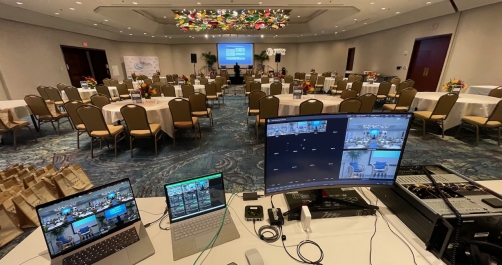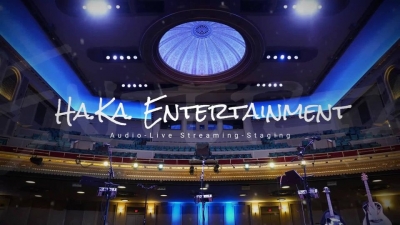Live Stream Broadcasting: Engaging Audiences in Real Time
Live streaming has revolutionized the way we consume and interact with content online. From entertainment and gaming to news and educational webinars, live stream broadcasting has become a powerful tool for businesses and individuals alike. In this article, we will explore the world of live stream broadcasting, its benefits, best practices, challenges, and future trends.
In today's digital landscape, live stream broadcasting allows content creators to share real-time experiences and engage with audiences from around the globe. Unlike pre-recorded videos, live streams provide a unique opportunity for viewers to participate, ask questions, and be part of the action as it unfolds.
Live stream broadcasting involves transmitting real-time video and audio content over the internet to an audience that can watch and interact with the stream. It can be done through various platforms and devices, including social media platforms, dedicated streaming platforms, or even a website with integrated live streaming capabilities.
One of the primary benefits of live stream broadcasting is the ability to reach a larger and more diverse audience. With the widespread availability of high-speed internet and mobile devices, people from different corners of the world can tune in and participate in live streams, expanding the reach of your message or content.
Live streams create a sense of immediacy and urgency, prompting viewers to actively engage with the content. They can leave comments, ask questions, and interact with the streamer or other viewers in real time. This interactivity helps build a community and fosters a deeper connection between the audience and the content creator.







































